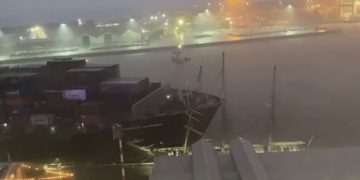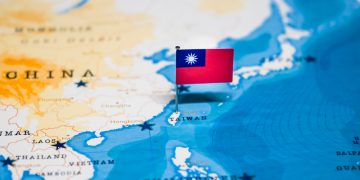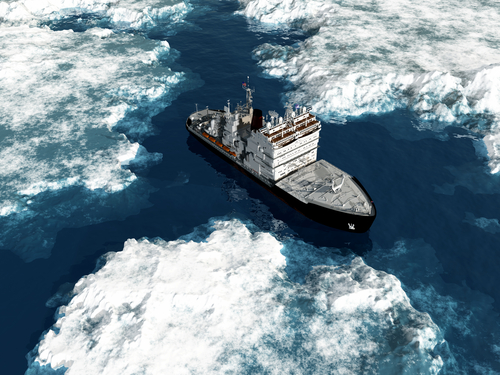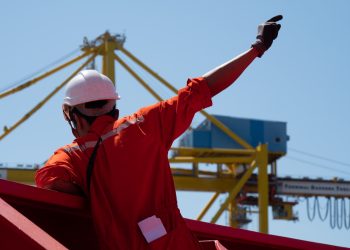The International Maritime Organization (IMO) has adopted significant amendments to MARPOL Annex VI during the 82nd session of the Marine Environment Protection Committee (MEPC), September 30 to October 4, 2024, establishing two new Emission Control Areas (ECAs).
The amendments designate the Canadian Arctic and the Norwegian Sea as Emission Control Areas (ECAs) for nitrogen oxides (NOx), sulfur oxides (SOx), and particulate matter (PM). The new regulations will impose stricter emission limits for vessels operating within these areas, aiming to mitigate the negative impacts of shipping on air quality and marine ecosystems.
Emission Control Areas (ECAs) are specific geographic regions established to reduce air pollution from ships by enforcing stricter regulations on the emissions of harmful pollutants. Within ECAs, vessels must adhere to lower limits on emissions of:
- Nitrogen Oxides (NOx): Gases that contribute to air pollution and can lead to respiratory problems in humans and damage to the environment.
- Sulfur Oxides (SOx): Pollutants primarily produced by the combustion of sulfur-containing fuels, which can cause acid rain and have adverse health effects.
- Particulate Matter (PM): Tiny particles suspended in the air that can penetrate deep into the lungs and cause various health issues.
Great news for the environment! 🌍 IMO’s Marine Environment Protection Committee has adopted key amendments to MARPOL Annex VI, designating the Canadian Arctic & Norwegian Sea as Emission Control Areas for Nitrogen & Sulphur Oxides, & Particulate Matter. Big win for human health. pic.twitter.com/hwKVaXznLD
— International Maritime Organization (@IMOHQ) October 3, 2024
The Canadian Arctic ECA includes Arctic waters under Canadian sovereignty, from the 137th meridian west in the Beaufort Sea to the existing North American ECA boundary in the east. Meanwhile, the Norwegian Sea ECA covers the Norwegian Exclusive Economic Zone north of 62 degrees latitude and includes Norwegian fjords and coastal waters.































































